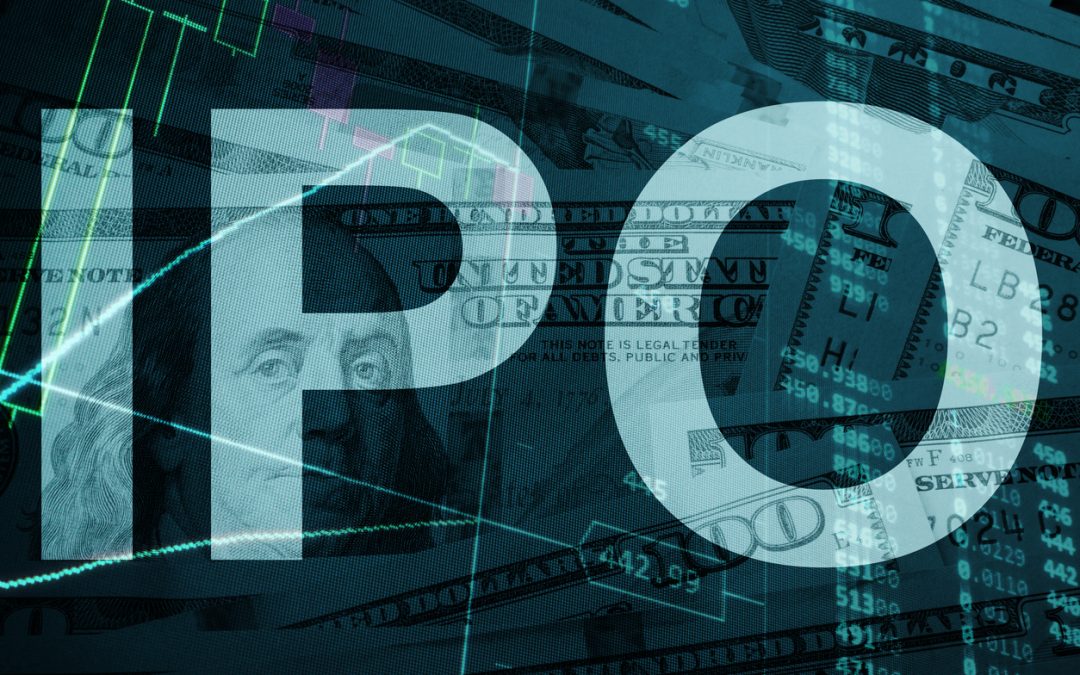So far, the Robinhood (HOOD) stock has been a letdown.
Since opening for trade today, the stock is down about 5%, or $1.81 a share. And, as it turns out, our way of trading IPOs worked out better so far.
On July 21, we noted:
The best way to trade an IPO is to not buy an IPO at all.
Instead, I would opt to trade the very ETFs that could benefit the from the IPO excitement.
One way is with the First Trust IPO Index Fund (FPX). The FPX tracks hot IPOs in their first 1,000 days of trading. Plus, as you can see on an FPX chart, the stock has done well with winning and losing IPOs. In fact, over the last year, the FPX ETF ran from a low of $55 to about $135. With the FPX, it doesn’t matter if the stock is hot or a dud, the excitement surrounding IPOs could send the ETF higher.
The other way is with the Renaissance IPO ETF (IPO), which holds the most liquid U.S. listed IPOs for a period of two years, according to Renaissance Capital. Over the last year, this ETF ran from a low of about $20.31 to a high of $75. Recent weakness may be a great opportunity.
Since then, the FPX stock ran from $124.93 to a recent high of $128.66, with the Renaissance IPO ETF (IPO) at breakeven at the moment.
Then again, the flop out of the gate doesn’t come as a big shock.
On the positive side, according to The Wall Street Journal, “Robinhood’s growth continued into the second quarter, driven by new users opening accounts and an increase in options and cryptocurrency trading. The company expects to report second-quarter revenue between $546 million and $574 million, more than double what it generated a year earlier. The number of funded Robinhood accounts increased by 4.5 million between the end of March and the end of June, reaching 22.5 million in total.”
However, at the same time, growth is slowing year to date.
As noted by MarketWatch, “There are worries that the retail trading boom that fueled Robinhood’s rapid growth might be fading, the company faces multiple lawsuits over how it restricted trading in some meme stocks in January and there are concerns that fundamentals don’t justify a such a high valuation.”
That said, I wouldn’t touch the stock.

